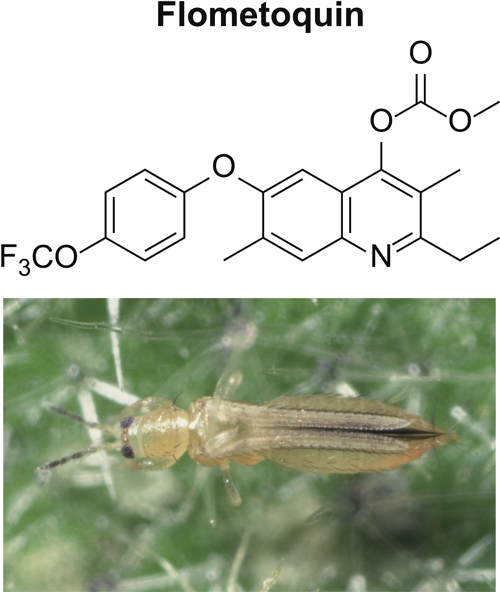Volume 48, Issue 4
Displaying 1-15 of 15 articles from this issue
- |<
- <
- 1
- >
- >|
Regular Articles
-
2023 Volume 48 Issue 4 Pages 117-127
Published: November 20, 2023
Released on J-STAGE: December 08, 2023
Advance online publication: September 22, 2023Download PDF (1715K) Full view HTML -
2023 Volume 48 Issue 4 Pages 128-136
Published: November 20, 2023
Released on J-STAGE: December 08, 2023
Advance online publication: November 16, 2023Download PDF (608K) Full view HTML -
2023 Volume 48 Issue 4 Pages 137-148
Published: November 20, 2023
Released on J-STAGE: December 08, 2023
Advance online publication: October 14, 2023Download PDF (799K) Full view HTML -
2023 Volume 48 Issue 4 Pages 149-155
Published: November 20, 2023
Released on J-STAGE: December 08, 2023
Advance online publication: October 14, 2023Download PDF (3114K) Full view HTML -
2023 Volume 48 Issue 4 Pages 156-167
Published: November 20, 2023
Released on J-STAGE: December 08, 2023
Advance online publication: October 31, 2023Download PDF (662K) Full view HTML -
2023 Volume 48 Issue 4 Pages 168-174
Published: November 20, 2023
Released on J-STAGE: December 08, 2023
Advance online publication: November 16, 2023Download PDF (1104K) Full view HTML -
2023 Volume 48 Issue 4 Pages 175-186
Published: November 20, 2023
Released on J-STAGE: December 08, 2023
Advance online publication: November 16, 2023Download PDF (2016K) Full view HTML -
2023 Volume 48 Issue 4 Pages 187-201
Published: November 20, 2023
Released on J-STAGE: December 08, 2023
Advance online publication: November 16, 2023Download PDF (5905K) Full view HTML -
2023 Volume 48 Issue 4 Pages 202-210
Published: November 20, 2023
Released on J-STAGE: December 08, 2023
Advance online publication: November 16, 2023Download PDF (831K) Full view HTML -
2023 Volume 48 Issue 4 Pages 211-217
Published: November 20, 2023
Released on J-STAGE: December 08, 2023
Advance online publication: November 16, 2023Download PDF (663K) Full view HTML -
2023 Volume 48 Issue 4 Pages 218-224
Published: November 20, 2023
Released on J-STAGE: December 08, 2023
Advance online publication: November 16, 2023Download PDF (476K) Full view HTML
Technical Report
-
2023 Volume 48 Issue 4 Pages 225-233
Published: November 20, 2023
Released on J-STAGE: December 08, 2023
Advance online publication: November 30, 2023Download PDF (1508K) Full view HTML
Contents and Indexes
-
2023 Volume 48 Issue 4 Pages 235-239
Published: November 20, 2023
Released on J-STAGE: December 08, 2023
Download PDF (72K) -
2023 Volume 48 Issue 4 Pages 240-241
Published: November 20, 2023
Released on J-STAGE: December 08, 2023
Download PDF (33K) -
2023 Volume 48 Issue 4 Pages 242-243
Published: November 20, 2023
Released on J-STAGE: December 08, 2023
Download PDF (34K)
- |<
- <
- 1
- >
- >|












